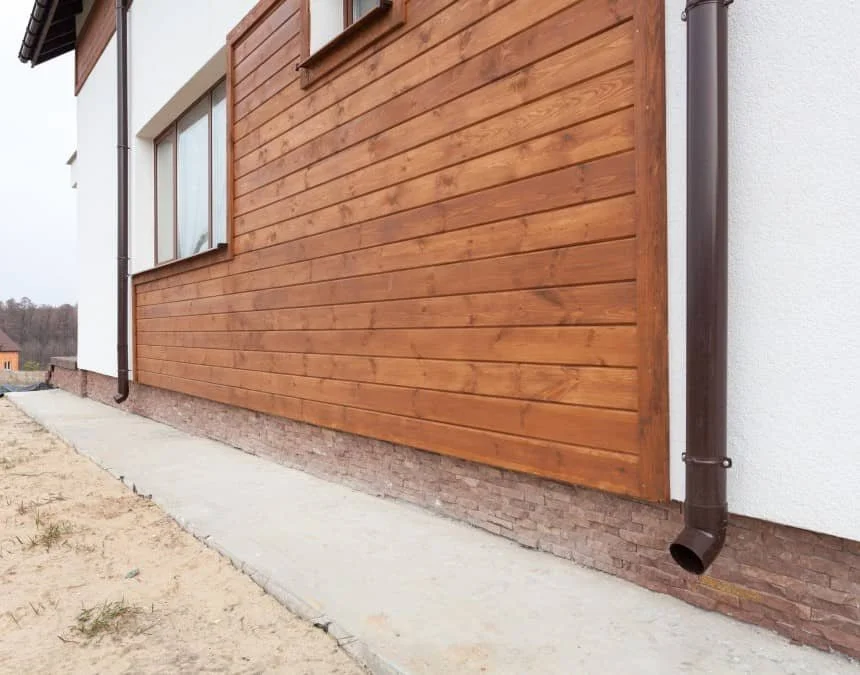
Tongue & Groove siding denver & Colorado Springs
Tongue & Groove
Quality wood siding does more than protect your home—it creates a traditional, clean design that gives your home or building a down-to-earth aesthetic. If you want to replace the siding on your home, consider installing Rocky Mountain Forest Products siding with tongue and groove siding. You’ll love how it looks.
With this type of siding, the jutting ribs, or tongues, on the edges of the boards slide into the corresponding grooves on adjacent boards. This creates a tight seal that enables the siding to keep out cold weather.
Tongue and groove siding can be installed horizontally or vertically. If installing horizontally, start at the bottom and work up with the groove edges facing downwards. Siding up to 6 inches wide can be blind nailed with one siding nail per bearing toe-nailed through the base of each tongue. Wider siding should be face nailed using two nails per piece- penetrating 1-1/4 inches into solid wood.
In vertical application, start at one corner with grooved edge toward the adjacent wall. Use a level or plumb line to ensure that the first board is installed plumb. The grooved edge of the first board may have to be trimmed to ensure a flush fit. Siding is nailed to horizontal blocking lines installed between studs or to furring strips. As with horizontal installation, pieces up to 6 inches can be blind nailed and wider pieces should be face nailed.
Types of Tongue & Groove
Tongue and Groove Pine
Cedar Tongue and Groove
Exotic Hardwood (Ipe) Tongue and Groove
Tongue and Groove Walls
Tongue and Groove Exterior Siding
2×6 Tongue and Groove Douglas Fir
2×6 Pressure Treated Tongue and Groove
Beetle Kill Pine Tongue and Groove
Tongue and Groove Decking
Tongue and groove Porch
Ash Tongue and Groove
2×6 Tongue and Groove
Tongue and Groove
Common Tongue & Groove Siding Questions
-
In Colorado, tongue and groove siding is an effective way to keep out the elements. Although it takes a little more work on the carpenter’s part to install, this type of siding tends to lay flat against the building for a flush, formal look.
You can install this type of siding horizontally or vertically. If you pre-stain the siding, you can delay the weatherization process, ultimately saving you money on maintenance costs.
-
Tongue and groove siding is sturdy and resistant to damage, so repairs will be minimal. However, if you do need to replace a broken board, you may have to remove multiple adjacent boards to slide each tongue into its corresponding groove.
-
When installing tongue and groove siding, many homeowners wonder how to approach the edges of each board. Rather than caulking, many contractors suggest installing a joint flashing behind each tongue and groove joint. This intercepts and redirects the flow of water away from the building.
Furthermore, water should exit through the bottom of each board. While paint may stick the boards together, caulking the boards can lead to water buildup and damage.

 CALL FOR A QUOTE
CALL FOR A QUOTE







